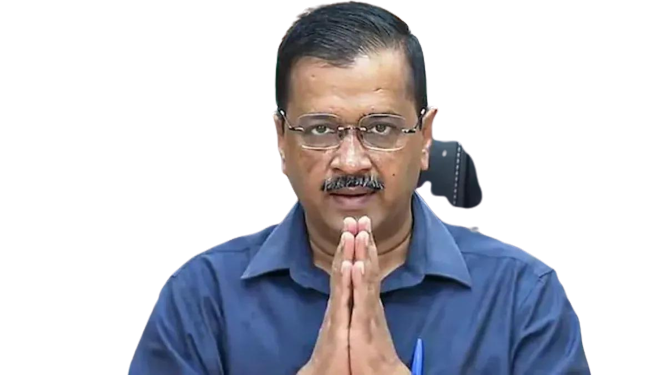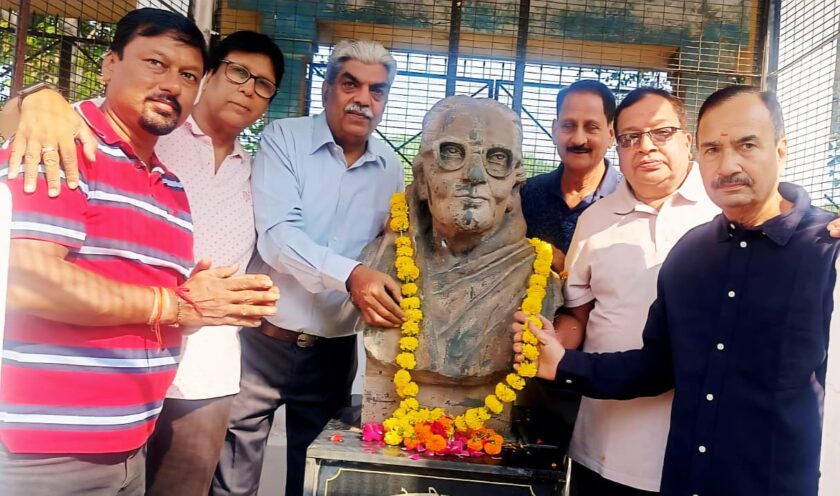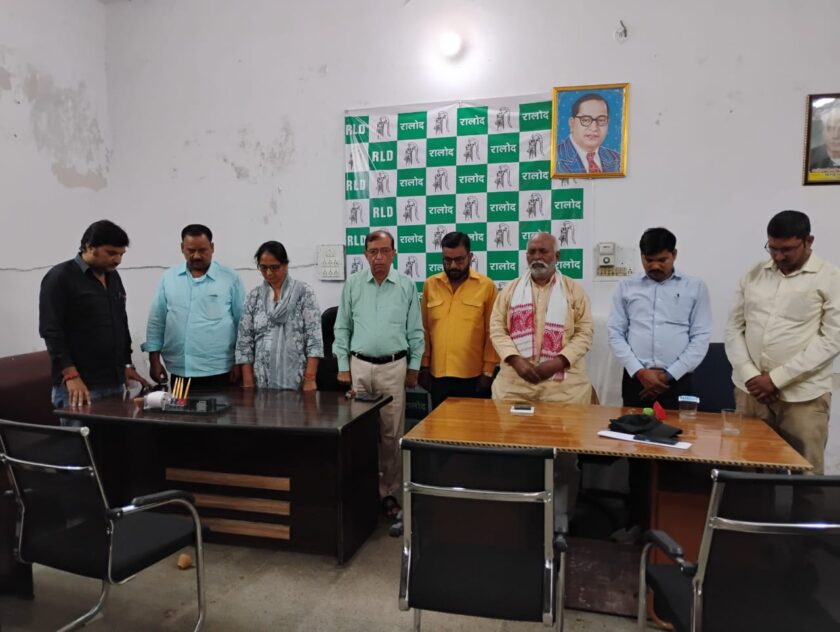Delhi : In a major political shake-up, the ruling Aam Aadmi Party (AAP) has suffered a massive setback as the Bharatiya Janata Party (BJP) staged a dramatic comeback in the Delhi Assembly elections. The BJP is projected to secure around 48 seats, marking its return to power in the national capital after 27 years, while AAP is likely to be reduced to 22 seats. The Congress, once a dominant force in Delhi, failed to make an impact yet again. Here are five key factors that led to the decline of AAP and Arvind Kejriwal’s downfall:
1. Corruption Allegations and the Liquor Scam
Arvind Kejriwal, who initially rose to power as an anti-corruption crusader following the Anna Hazare-led Lokpal movement, saw his image take a serious hit due to corruption allegations. The alleged liquor scam, which led to the arrest of senior AAP leaders and even saw Kejriwal himself facing legal troubles, damaged the party’s credibility. The BJP capitalized on this issue, projecting AAP as corrupt and unfit to govern. The controversy cost AAP voter confidence, as reflected in the Lok Sabha elections and now in the Delhi Assembly polls.
2. ‘Sheeshmahal’ Controversy
Kejriwal’s promise to lead a simple life without government luxuries backfired when reports emerged about the extravagant renovation of his official residence. Dubbed ‘Sheeshmahal’ by the BJP, the controversy gained traction as viral videos of the lavish home spread on social media. This stark contrast between Kejriwal’s earlier pledges and his actions eroded trust among Delhi’s electorate, making the party vulnerable to attacks from the opposition.
3. Constant Feud with the Lieutenant Governor (LG)
Throughout its tenure, the AAP government was embroiled in a power struggle with the Delhi Lieutenant Governor over administrative control and governance issues. While Kejriwal consistently accused the LG and BJP of obstructing development work, voters viewed this as an excuse for non-performance. Many felt that instead of governance, AAP was engaged in endless political confrontations, leading to dissatisfaction among the electorate.
4. Voter Resentment and Governance Shortcomings
Despite introducing popular schemes such as free electricity, water, and bus rides for women, AAP failed to address key governance issues. Problems such as inadequate clean drinking water supply, deteriorating road conditions, and frequent power cuts remained unaddressed. While Mohalla Clinics were a success, the condition of major Delhi government hospitals continued to decline. Discontent was particularly evident among Muslim voters, many of whom admitted to voting for the BJP due to a lack of development in their localities. The growing anti-incumbency sentiment played a crucial role in AAP’s downfall.

5. Yamuna Pollution Issue
Kejriwal’s pledge to clean the Yamuna by 2025 turned into a major electoral liability. Despite his repeated assurances, no significant improvement was observed in the river’s condition. Just before the elections, Kejriwal’s claims of ‘Yamuna poisoning’ failed to convince the public. Meanwhile, the BJP strategically raised the issue during the Chhath festival and throughout its campaign, cornering AAP on its unfulfilled promises.
AAP’s defeat in the 2025 Delhi elections marks the end of an era and signals a significant shift in the capital’s political landscape. While Kejriwal’s populist policies once secured him a loyal voter base, allegations of corruption, governance failures, and growing voter dissatisfaction ultimately led to his party’s downfall. With the BJP set to form the next government, Delhi now enters a new political phase, ending AAP’s decade-long dominance.






